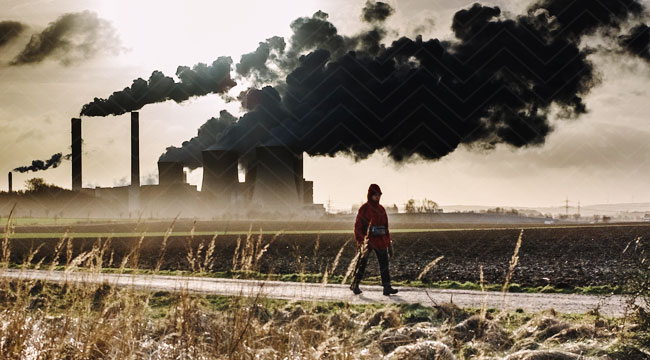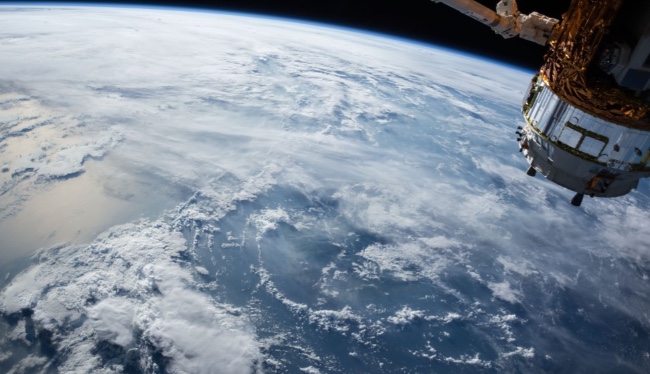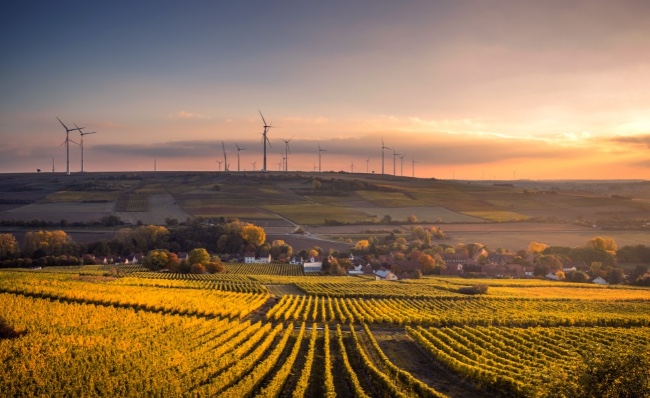
In October, a terrifying report came out, shocking millions. We may have much less time than we thought to reverse climate change. It’s possible that there are just 12 years left to stop the planet from warming further or we’ll face devastating changes that will affect nearly every aspect of our lives. And this wasn’t just the kind of study reported on a morning talk show to create some buzz. It was incredibly comprehensive — and all the more daunting because of that.
The study involved 91 scientists, 40 countries, and the analyzation of nearly 6000 studies. The result? Scientists concluded that a rise in temperature by two degrees Celsius (from pre-industrial levels) would lead to dangerously high water levels, affect agriculture negatively, destroy natural ecosystems, and thus, lead to famine and collapsing economies all over the world. The worst part, we’re already halfway there with a one-degree increase and we could be at this critical mass point by just 2040.
Ugh. Sounds bleak, right? But that kind of attitude is no good. Because an absence of hope leads to nothing but an absence of progress. When we’re apathetic about the situation — convinced there’s nothing to be done — we’re far less likely to put in the work ourselves to fix things. And the truth is, we have the tools to make the world a better place and reverse the damage. There are technologies out there that could save us from what is far from an inevitable fate. We just have to remember that these innovations exist and that people all over the world are working to stop the destruction. Then, support them while making the changes we’re all capable of in our own lives.
These are the ways technology is currently fighting back against climate change:
Satellites can now help track our emissions — to help identify problem areas.

Greenhouse gases are gases that trap heat in our atmosphere and, because of this, raise earth’s overall temperature. The largest offenders of this are CO2 and Methane. And it’s not easy to get rid of them. They’re given off in so many processes, both industrially and personally — like agriculturally, in the burning of fossil fuels, waste, and wood, and in the use of many chemicals. They are so commonplace all over the world that it’s hard to even know where the biggest problem spots are. For that, we need more data.
Which is why governments and private businesses in Europe and North America have developed the technology to launch satellites that track methane and carbon dioxide emissions from afar. These satellites are able to find leaks which not only contribute to climate change but that cost companies billions of dollars. So finding them is really a win-win. They can currently pinpoint a leak within one square mile. This could end up revolutionizing business and environmental policy for the better.
We can get our meat fix without farming animals.

Recently, researchers at Oxford University came out with a study that was pretty damning for meat consumption. The study looked at 40 thousand farms (over 119 countries) and then tracked land use, emissions, water usage, and pollution (air and water) etc. What they found was troubling. Basically, being vegan is the single biggest way to reduce “greenhouse gases, global acidification, eutrophication, land use and water use,” they said. The stats are pretty clear. It’s just not a good use of our resources. Meat and dairy use up 83 percent of our farmland but only give us 18 percent of our calories. Plus, without the farming of animals, farmland would be reduced by 75% and still prove enough food to supply the entire world.
The problem, of course, is that we like meat. But we eat so much more than is either healthy or sustainable. Because of this, several companies are developing technology to replace farm grown meat with something that might actually taste as good or even better. Products like Beyond Meat and the Impossible Burger have gotten plenty of press over the last few years. A food like the veggie-based Impossible Burger uses 95% less land, 74% less water, and creates 87% less greenhouse gas emission than raising cattle.
And if the idea of eating vegetables makes your stomach turn, another company, Memphis Meats, is working to have a line of cell-based meat products on the market by 2021. They use cells and biological tissue to create meat from the ground up — without harvesting from a living animal. It’s tricky to get the correct ratio of muscle and fat to truly feel and taste like meat, but for the company, the end result could be a product that shares the taste and texture of meat without the same harsh environmental or ethical consequences.
With more and more companies jumping into the fray to make better meat-alternatives, we’re looking at plenty of excellent, new options that could hit the market this year alone — making it easier and easier for people to choose to forgo eating meat.
We’ll make our buildings more energy efficient by reducing the impact of cement.

Buildings around the world (using energy inefficiently) give off one-third of all greenhouse emissions. But we can do quite a bit to improve this statistic, and that starts with making the building process itself cleaner.
We may not think about it often (or ever), but we use an insane amount of cement on this Earth. Most living, working, and driving infrastructure relies on concrete. And because of this, it is the second largest industrial contributor emitting carbon in the world — with seven percent of global carbon emissions.
For a long time, people just kind of shrugged at that. What were we going to do, not use it? But scientists are finally accelerating their search for a better way to create the material. Using other substances that will have different chemical compounds but a similar strength, “carbon upcycling” (a product that will reuse carbon from other industrial processes to form concrete), and better activation of the materials already known to absorb carbon are all currently being explored. All of these are on track to make our buildings significantly less harmful to the environment.
We’ll re-use carbon to help with farming.

With 1/3 of the world’s land used for agriculture (and 1/3 of CO2 greenhouse gas emissions coming from agriculture), finding ways to reduce its environmental impact is incredibly important. Which is why researchers and scientists are working to find ways to capture CO2 in farming techniques, reuse it, and prevent it from harming the atmosphere.
Basically, they’re working to create farming practices and technologies that will disturb the soil less (which causes microorganisms to break down carbon and release it into the air) while still being as effective if not more for production. Allowing plants to stay in soil longer, combing farmland with forest, and finding ways to farm the same land year round are all potentially viable solutions. And more technologies are popping up regularly to fix this.
***
The future may be uncertain, but it certainly makes us feel better to know that we’re all working toward a solution to fix our world. And new technology just might be the key.






